Getting new customers can take a lot of courtship.
You wine and dine them, so to speak, to get them to fall in love and eventually tell you they love you.
Or at least buy your product or service.
It’s just not easy to acquire new customers.
There are countless competitors in every sector of business, and ad costs are rising.
It’s expensive to implement tactics like content marketing and SEO, and even the most successful campaigns don’t see returns fast enough.
So how on Earth are you supposed to increase your profits and grow your business?
By increasing the lifetime value of your existing customers.
I’m sure you’ve heard that selling to an existing customer is much easier and cheaper than acquiring a new one.
Plus, the existing customer will ultimately lead to higher revenue growth.
And if you want your business to grow, you need to be focused on creating loyal customers with high lifetime values.
Selling to an existing customer will be cheaper, faster, and higher converting than trying to attract new ones.
You can virtually skip the buyer’s journey process where you shell out countless dollars to build them up for a conversion.
Instead of running awareness ads, using lead magnets, jumping on sales calls, and qualifying users, you can simply upsell to your current ones.
It’s one of the best methods to increase your revenue and drive big sales numbers.
I started focusing more on lifetime value with my companies like CrazyEgg and Hello Bar, and I found massive increases in sales with little to no extra money spent.
Thankfully, we don’t always need to spend thousands of dollars to acquire new customers.
We just have to nurture our current ones.
Here’s how to increase your customer lifetime value fast to drive more revenue.
What is lifetime value and why is it important?
Customer lifetime value is a pretty simple concept.
Here’s what Google says about LTV:
And, here’s my take:
Customer lifetime value is the total amount of profit or revenue generated from a single customer over the lifespan of a business-to-consumer relationship.
For example, a specific customer that buys new products yearly will have a much higher lifetime value than someone who buys every two years.
Simple enough, right?
Lifetime value focuses on building your existing customer base by selling more to them, rather than going out to get 1,000 new, one-time buyers.
It’s similar to the idea of “1,000 true fans” that was started by Kevin Kelly.
The model focuses on getting 1,000 fans for your business and driving tons of sales to those loyal customers.
So instead of running PPC search ads to drive 1,000 sales, you focus on building a list of 1,000 loyal fans.
Why is this important?
Because it costs five times as much to attract a new customer than it does to keep an existing one.
On top of that, the probability of selling to an existing customer is 60-70%, whereas selling to a new customer is much lower.
Focus on creating a smaller customer base that’s loyal and buys more often and you will get more revenue, faster.
Acquiring new customers is expensive because it takes tons of different tactics to get them to convert.
For existing customers, they already love your brand and products.
It’s much easier to sell to them, and they spend more.
In fact, existing customers are 50% more likely to try new products that you offer to them, and they spend 31% more money, too.
So now we know that customers spend more and increase that spend over time.
And it costs a lot more to acquire new customers than to keep the old ones.
Email campaigns, ads, remarketing, lead magnets, sales calls, qualifying. The list goes on and on.
But with an existing customer, you have a few cheap ways to upsell them and increase their lifetime values without doing the bulk of the work.
Here’s how to increase your customer lifetime value to boost sales fast.
How do you measure lifetime value?
You know just how important lifetime value is, but how do you know which customers are producing the best LTV?
How do you know who’s a repeat customer and who isn’t?
We can start by using a few different tools for this, but this will vary widely on what systems you use for your own business.
For example, you can use Google Analytics, Shopify, or any other platform to collect sales data.
One of the easiest ways to measure lifetime value is Google Analytics.
They recently added a new beta report called “Lifetime Value” that we can tap into for some general data.
Head over to Google Analytics and navigate to your Audience section and select the Lifetime Value report:
You can use this report to generate data on your best customers.
From here, you have a few different metrics that you need to focus on.
The first two are your lifetime value metric and your selected date of acquisition.
Your lifetime value metric is the value you want to measure from customers.
For example, you can choose between revenue, goal completions, page views, sessions, or transactions.
Next, you need to select your acquisition date range.
This is simply the date range during which you acquired those users.
For example, if you set your date range for the past 30 days, it would reveal the customers or traffic you received in the past 30 days only.
Once you’ve selected your metric to focus on and your selected date range for acquisition, you can start to analyze which traffic sources are driving revenue.
You can also see what customer groups are generating the most sales for your business.
If you run a Shopify store, you can easily see customer lifetime value by looking at purchase history for your customers.
To start, log in to your Shopify account and head to the dashboard.
Navigate to your analytics section under “Reports.”
Next, expand your Sales reports and click on “Sales by customer name” to see who’s generating the most sales for your business.
To go even further with Shopify, you can analyze customer behavior over time, too.
Scroll down to your “Customers” report, and you have tons of different options to get information about how your customers interact with your business.
You can see how customers act over time, what the differences are in first-time vs. returning sales, and how loyal certain customers are.
Most of the tools you use for selling a product or service will include data on which customers bought your products and how often.
You simply need to locate them and analyze the data.
Once you’ve started to take notice of your lifetime values, it’s time to focus on increasing them.
How to increase your customer lifetime values ASAP
Lifetime value should be a major focus of your business if you want to increase revenues.
Here are a few tactics you can start using today to increase your LTVs.
Start with email upsells
When customers convert, you have their information handy.
That means you can use that data to increase their lifetime value and provide upsells.
Email is one of the best ways to produce a positive return on investment.
According to a 2016 Smart Insights study, email produces the highest ROI for online marketers.
In fact, for every $1 spent, email generates an average of $40 in return.
It even generates a better return on investment than search engine optimization.
Email is one of my favorite ways to leverage existing customers for more sales.
I’ve used it for years to upsell current customers and convert leads into services.
To get started, you need to identify your best customers and get their email addresses compiled into a list.
On Shopify, you can navigate back to your analytics section under the reporting data.
Next, click on your most loyal customers in the “Customers” report section.
Here you should have a list of your best, repeat customers.
You can inspect data like how many orders they’ve completed, the average sale value, and the total revenue they’ve given you.
It’s a great way to scout your top-performing customers to increase their value even more.
You can easily export the list, too.
Once you’ve created the list, head back to your customer reports section and click on the “Returning customers” tab.
Here you can see all your returning customers that have good lifetime values.
The key here is to inspect the columns on the right-hand side.
Look to see how many orders each person is completing and what the average order value is.
Once you’ve established good candidates, you can export the list again and combine it with your most loyal customers.
You can then take those emails from each returning customer and start a new email campaign using MailChimp.
Log in to your account and start by creating a new campaign.
Next, we want to select “Create an Email” as our campaign option.
Give your campaign a recognizable name like “LTV Upsells” to quickly be able to identify who is on this email campaign.
Now it’s time to select your audience. If you have MailChimp connected to your business or e-commerce platform, you can easily send emails to repeat customers.
If you don’t have an e-commerce store, no problem.
Simply paste your emails from that downloaded spreadsheet of your best customers.
Once you’ve built or connected your best-customer list, it’s time to choose a good email template to conduct your upsells.
I recommend using MailChimp’s “Sell Products” template.
It’s an awesome, simple template that really helps to highlight your product with big pictures and room for listing features or value propositions.
Structuring your offer here will be key. You want to make sure you’re offering something great that your existing customers will appreciate.
For example, check out this awesome upsell that HootSuite sent me:
See how they offered me a free trial of the next available platform? It’s a great strategy to ease existing customers into higher-cost offers.
On top of that, they use the tactic of an expiring offer to boost the likelihood that I convert.
And guess what? I did.
Why? Because how could I not? A 60-day free trial with no risk and the ability to cancel anytime is too good to pass up.
This offer is almost impossible to turn down. And I even ended up converting to full services after my trial, too.
Make sure to have a compelling offer that your existing customers will appreciate.
Create remarketing offers to existing customers
If you haven’t found great success with running email campaigns, you’re in luck.
There’s another great way to upsell existing customers to increase their lifetime value.
Remarketing for upsells is one of my favorite tactics.
Here’s why.
Remarketing allows existing customers to see my ads multiple times.
These are a lot less annoying than sending the same email message over and over again.
On top of that, if an existing customer isn’t ready to purchase on the first email, they might simply delete it.
For a remarketing ad, they can’t delete it, which means they’ll constantly see it.
And remarketing works. According to AdRoll, 98% of your customers won’t convert on the first visit.
It’s an incredible way to bring back existing customers, too.
In fact, website visitors who are targeted with remarketing ads are 70% more likely to convert on your site.
Remarketing is an excellent tactic that the majority of marketers are using right now.
It works because many people won’t convert on the first visit. And for those existing customers, you need to remind them why they should convert again.
It’s a stellar opportunity to bring back existing customers who are already “brand aware” and primed to convert.
To get started, you need to take that list you gathered from your existing customers.
Head to AdWords and login to your dashboard. Navigate to the audience manager in the “Shared library” section.
Next, you want to create a new remarketing list based on customer emails.
Then, give the list a good name to recognize the audience quickly when you start to target ads.
Now you simply need to upload your existing customer list that you’ve gathered.
Save the audience list, and you can start creating new ads targeted directly to this audience.
If you prefer to run ads on Facebook instead, you can easily set that up in just a few minutes, too. Here’s how.
First, head to the Facebook Business Manager and navigate to your audiences under the “Assets” section.
Next, create a new custom audience based on the “Customer File” option.
This will allow you to match your current email list of existing customers to specific Facebook profiles for perfect remarketing ads.
Then you can either upload that file of customers you compiled or directly import a list from MailChimp.
This whole process can easily be automated if your site collects customers or leads into MailChimp.
It’s a great time saver, and it helps you increase your automation tactics.
Lastly, upload your customer file list or copy and paste the data.
You can also choose a bunch of different identifiers like email, first name, last name, and more.
You can use these to increase personalization on your upsells, too.
Once you’ve completed your upload, you can start running ads to this audience the same day.
Use these remarketing tactics to increase your customer life values fast.
Your current customers already use your products, and they’ve purchased from you before.
This means you have a great opportunity to spend cheap advertising or email dollars on delivering more messages to them.
The goal here is to increase the number of sales you get from existing, repeat customers.
Conclusion
Getting new customers has become increasingly difficult and expensive.
There are competitors for almost every niche, and acquiring them is a long process.
Plus, implementing strategies like SEO and content marketing are expensive.
PPC campaigns can be expensive and laborious, too.
But, you still need customers that drive revenue in order for your business to thrive.
So what do you do?
Well, it’s a well-known fact that selling to and keeping an existing customer is much more profitable than acquiring a new one.
Instead of focusing on acquiring millions of customers, start focusing on creating customers with higher lifetime values.
Upselling to current customers allows you to virtually skip the buying process.
You don’t have to go through all the steps because you’ve already done all that.
You just need to convey extra value to existing buyers.
Start by researching your current customers to understand who the best ones are.
Seek out those customers that have repeat purchases to build incredible lifetime value.
Create email campaigns on MailChimp (or your favorite tool) to conduct compelling upsells.
If you have a list of first-time purchasers, consider running remarketing ads to them with compelling offers.
Increasing customer lifetime values should be a go-to strategy for building on your revenue.
What successful strategies have you used to increase your customer lifetime value?

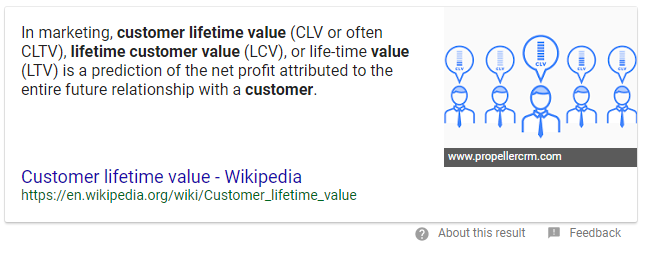
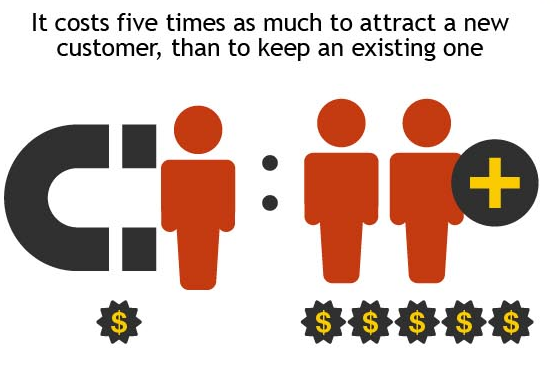
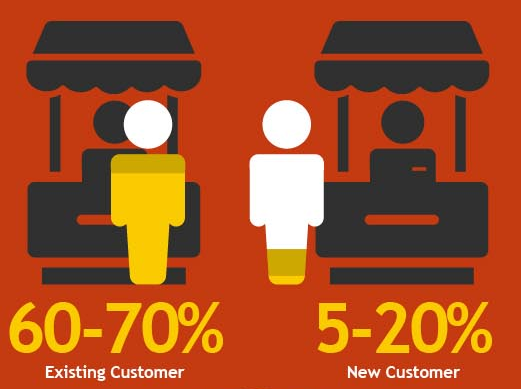
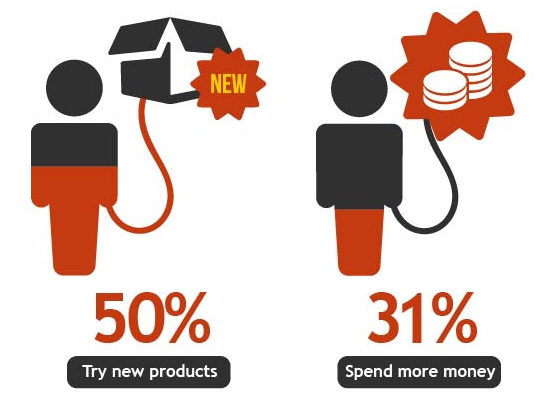
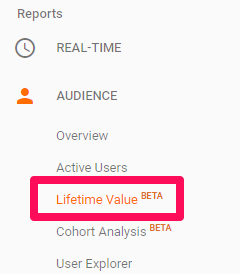

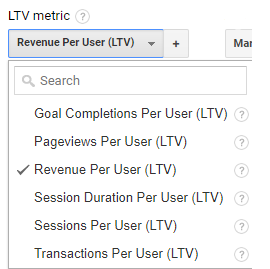


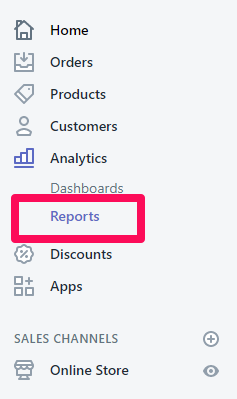
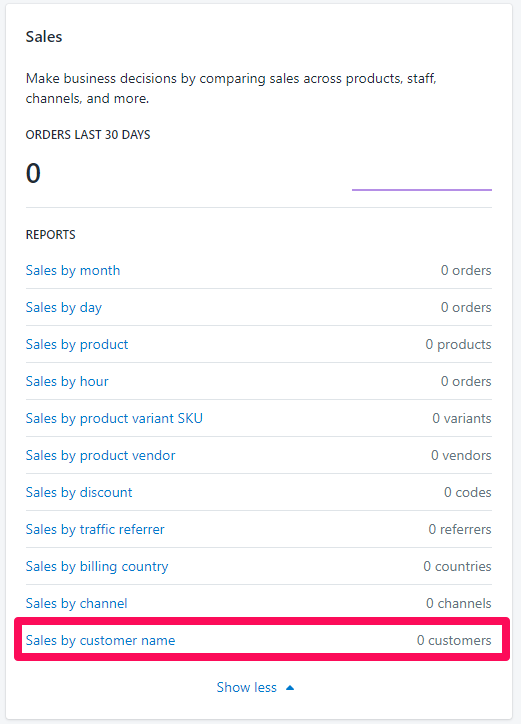
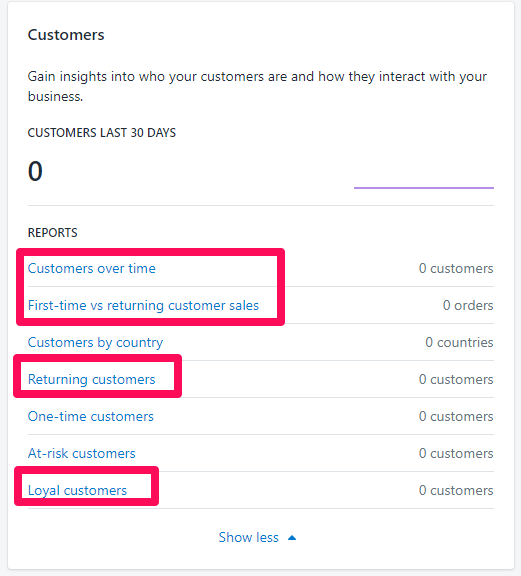
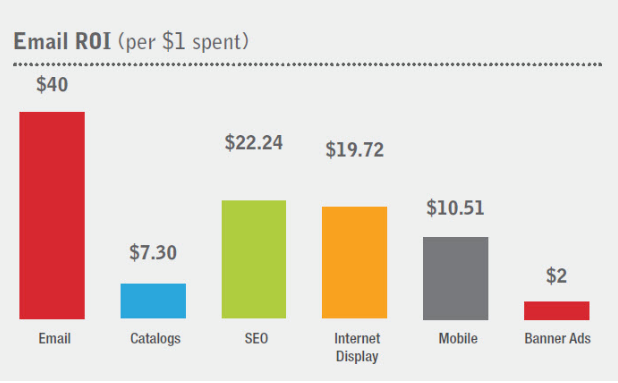
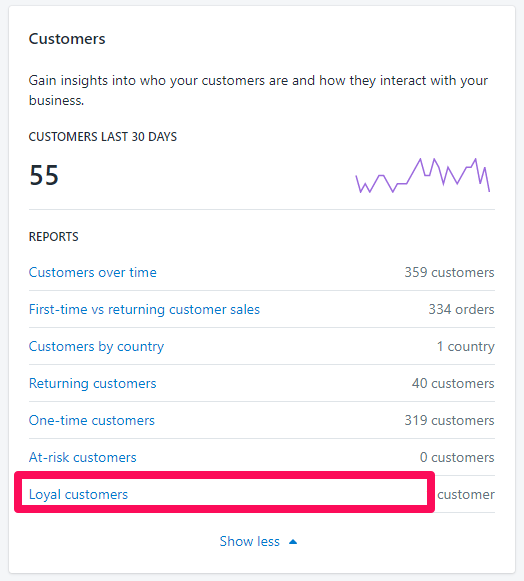

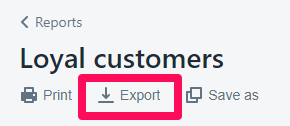
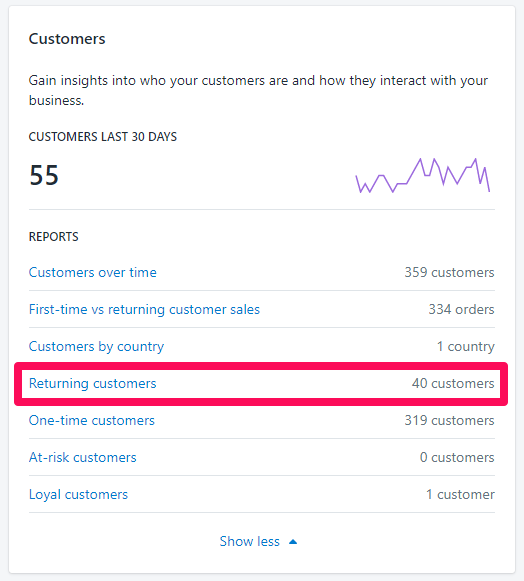
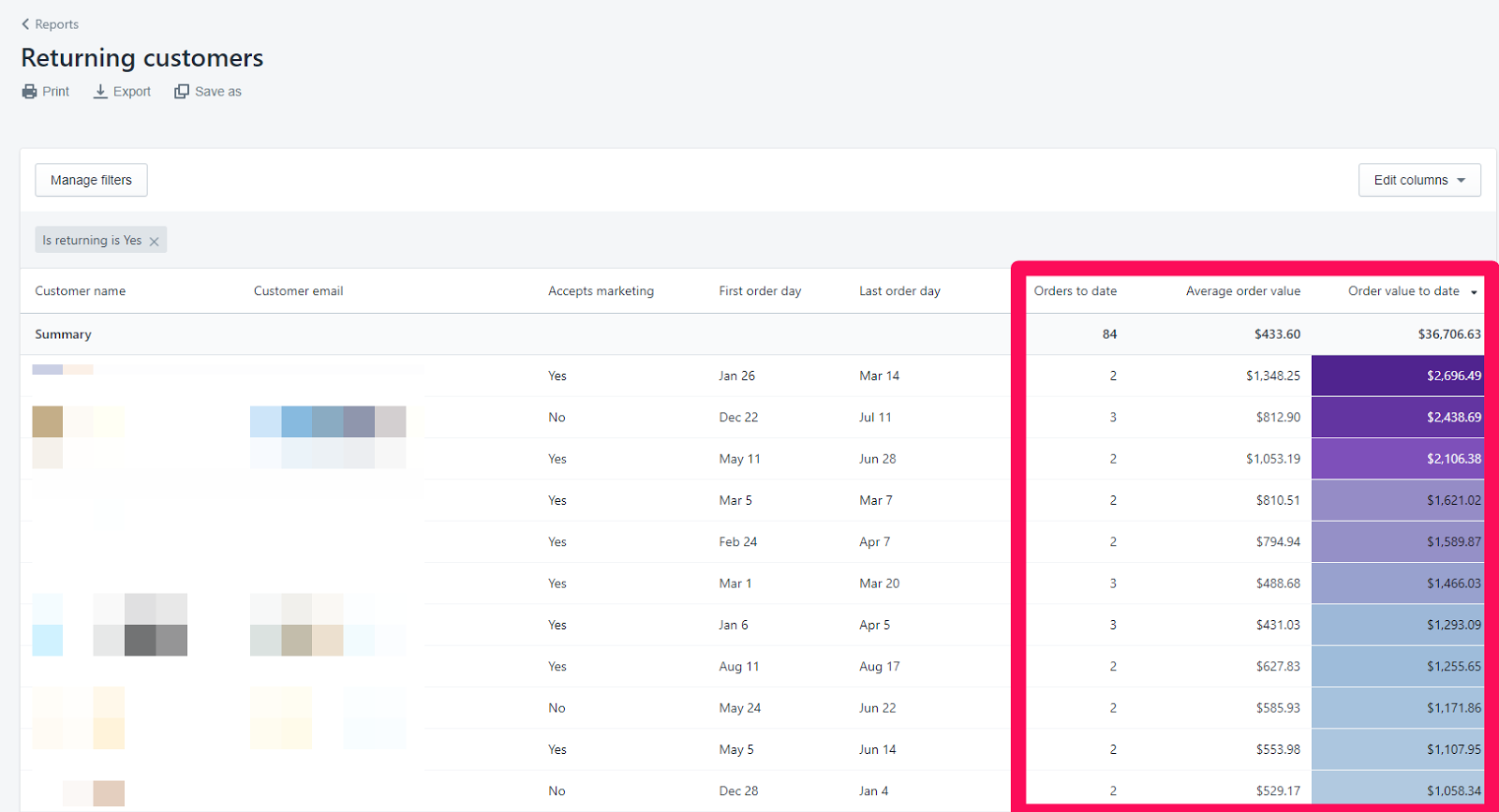

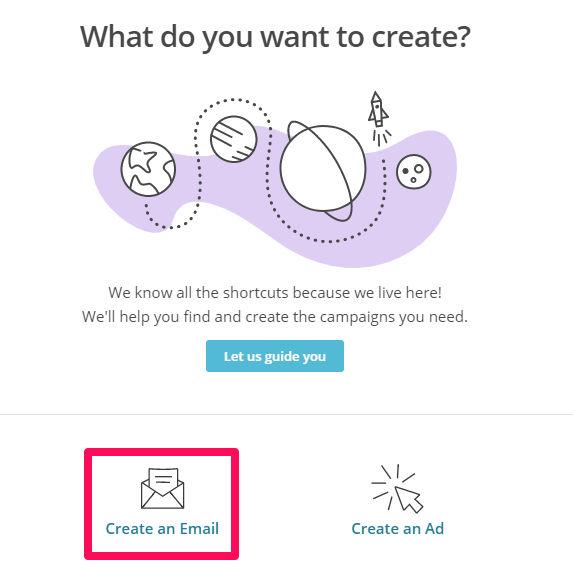
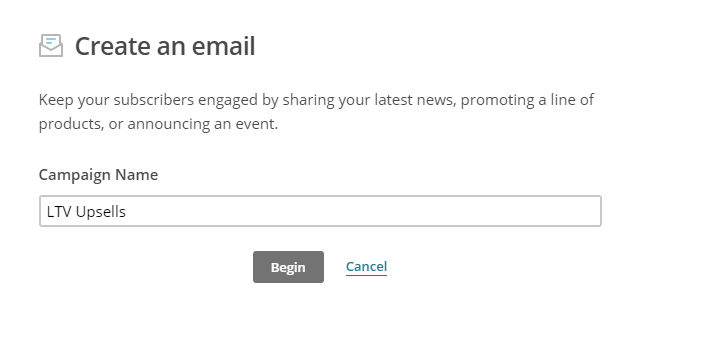

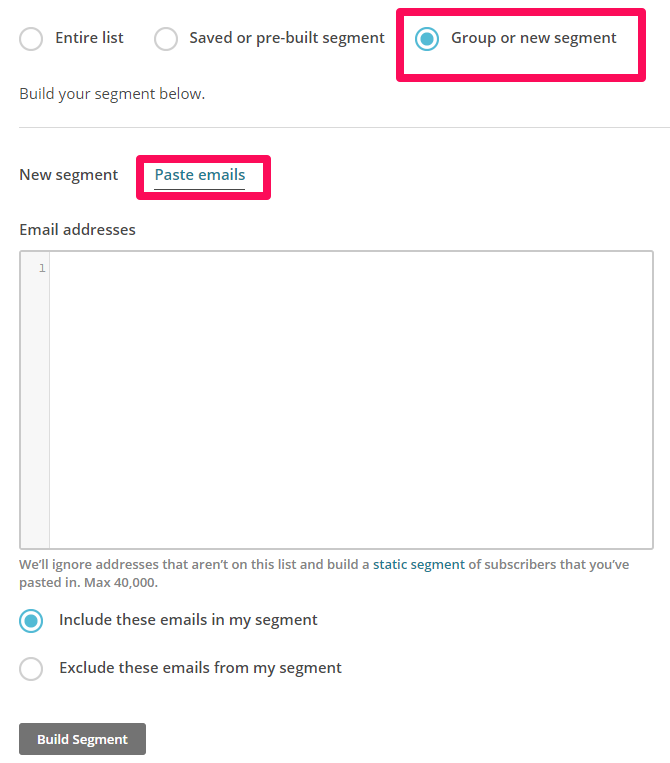
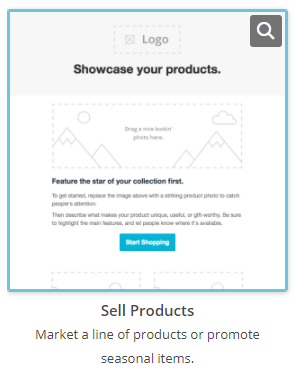
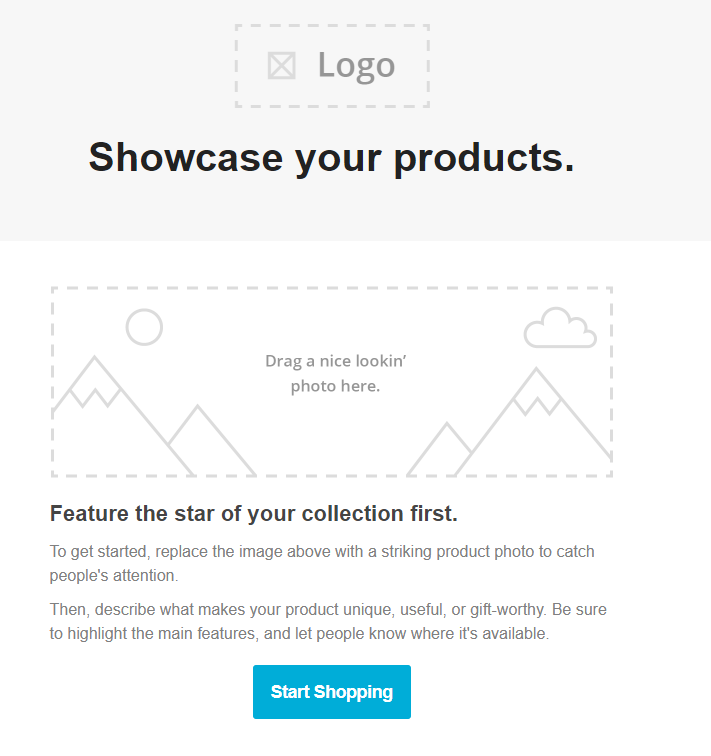
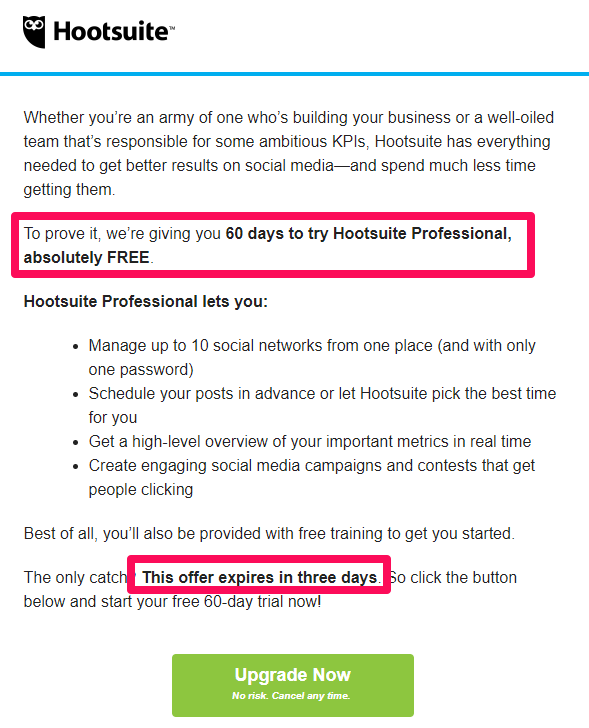
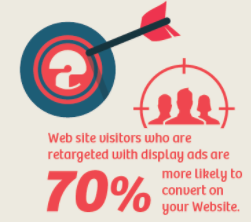
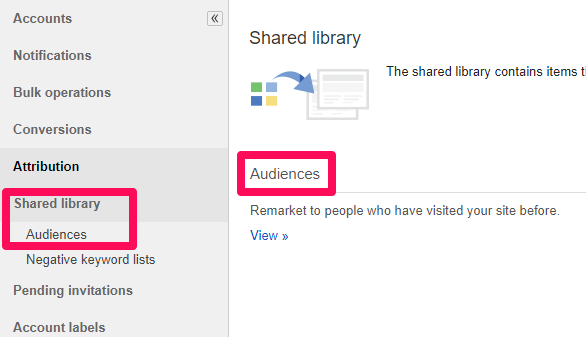
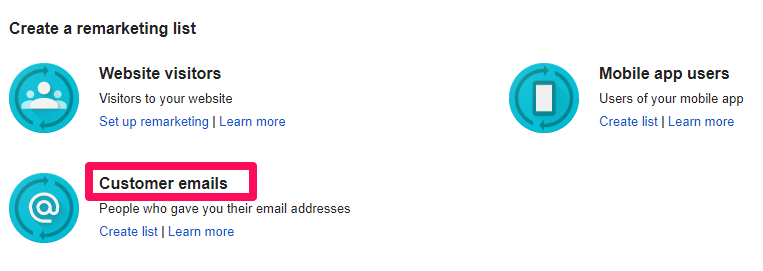
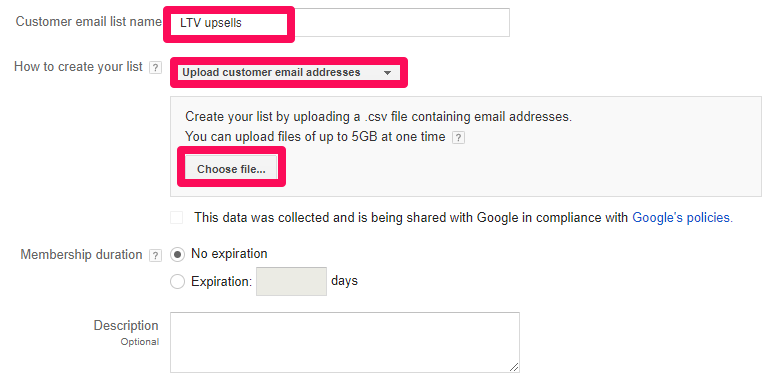

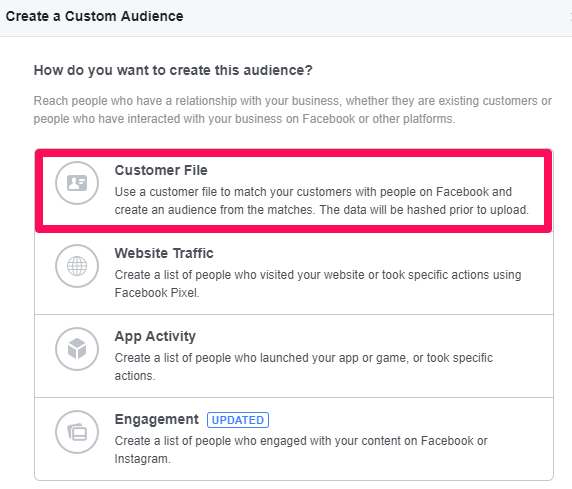
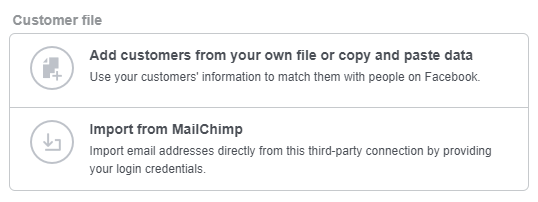
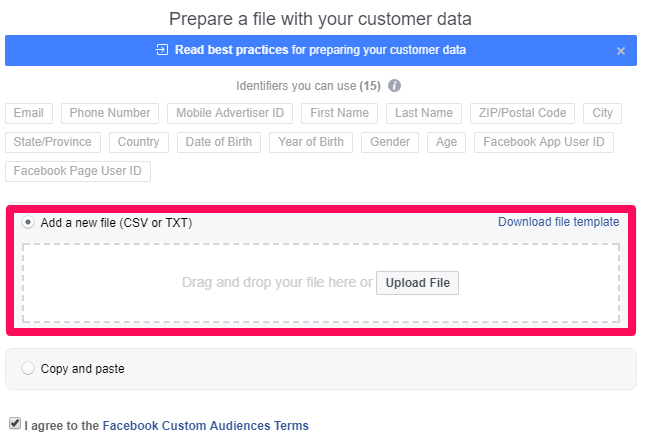
Comments (0)